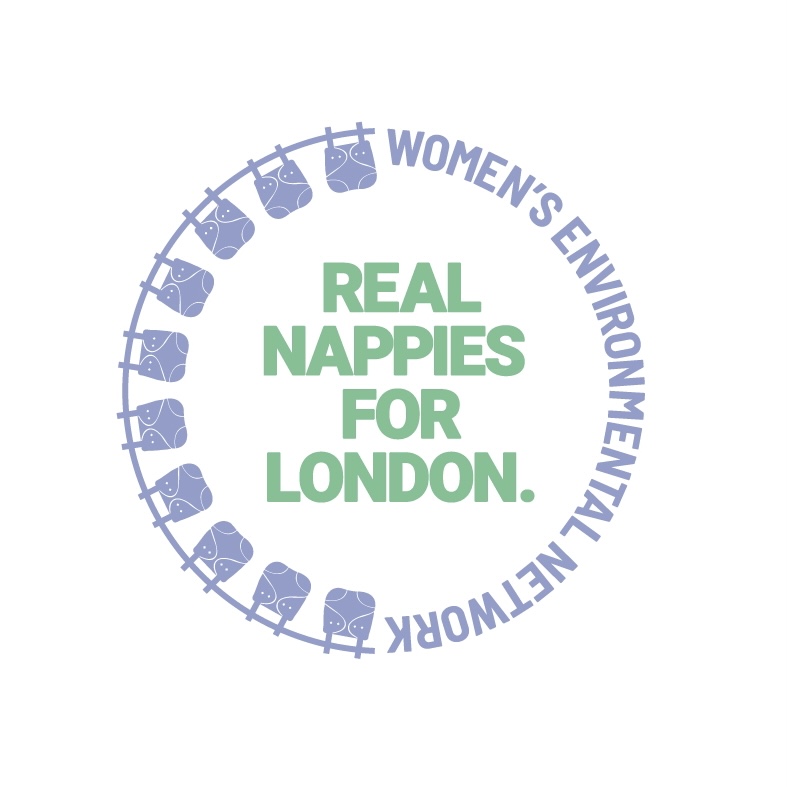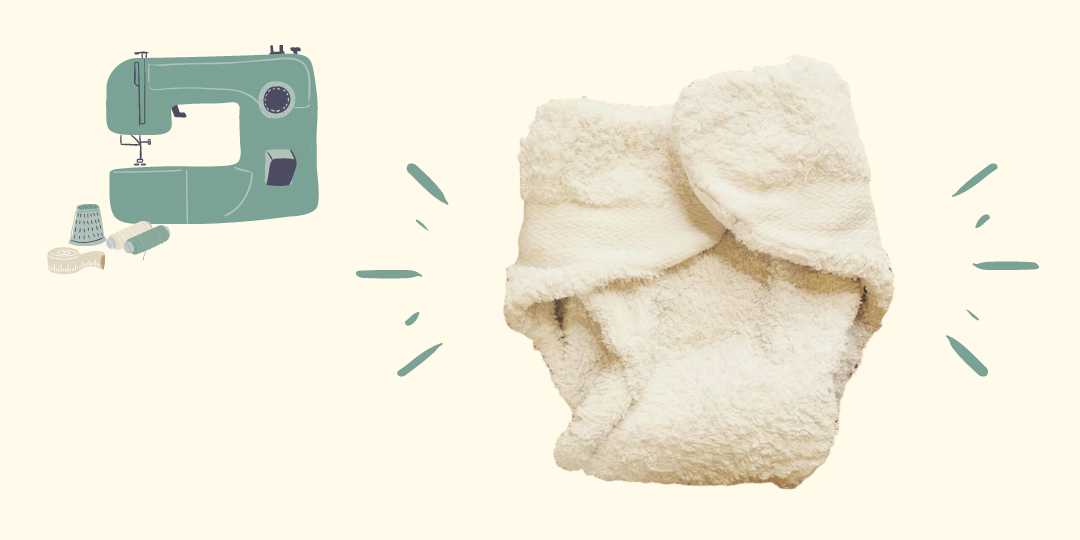Repair Week London: Reusable Nappies
This week (12th – 17th October 2020) across London see’s the first ever Repair Week. A survey carried out by London Recycles found that ‘69% of Londoners said that they would fix more of their things if only they knew how’ and ‘72% of Londoners feel they are losing repair skills that used to be widely known’.
It got us thinking about the art of sewing. A large number of popular reusable nappy manufacturers and retailers we see today across the UK are family-run businesses, born out of the art of sewing from inside their own home. For Repair Week, we thought it would be great to inspire people to learn how you can make your own reusable nappies and reusable wet wipes, or repair to extend the life of well-used (and loved) reusable nappies.
When a baby will need at least 4,000 nappy changes over 2.5 years, reusable nappies are certainly put through their paces being washed, dried and reused. What’s great about them is that they’re made of excellent quality materials and when cared for properly, they are able to withstand these conditions lasting not only one baby, but more in years to come.
But like any other textile, how quickly a reusable nappy may show signs of wear depends on how well it has been made, how it has been cared for (stored, washed and dried) and how many times it has been used (i.e. on multiple children). Elastic around the legs may start to soften, Velcro may begin to lose it stick, or poppers stop popping. This doesn’t mean that they are no longer able to be used and destined for your local textile recycling bank. You have options: you could repair it yourself or get someone else to repair it. Even end-of-life reusable nappies, after ten years of service, have seen a use.
First off, if you have purchased a reusable nappy from a manufacturer or retailer and in the very unlikely event it is showing a sign of fault that was not bought on by conditions such as excessive laundering, bleaching, damage through contact of high heat, or any other condition stated in the nappy’s warranty, then we recommend contacting the manufacturer or retailer.
Making or Repairing Reusable Nappies Yourself
There are useful tutorials online on how to make your own, or repair well-used reusable nappies to make them go further.
If you’re making your own – it can be as simple as putting anything absorbent like Flannel, Jersey, Terry or Cotton, folded or stuffed inside a waterproof wrap. A fleece blanket can be cut up to make fleece washable liners. For those who are handy with a sewing machine and you fancy taking your cloth game up a notch, you could rustle up a shaped nappy or some boosters for next to nothing.
Here are some external links we have found to get you started:
- The Ultimate Guide to Making Your Own Cloth Nappies
- Learn How to Make Cloth Diapers at Home
- How to Fold a Tshirt as a Flat Nappy
Prefold nappies can be bought cheaply and are a great nappy in its own right. But you could also look into transforming them into a sewed shaped nappy:
- How to Make a Fitted Cloth Diaper
- How to Sew a DIY Fitted Cloth Diaper From a Prefold
- How to Turn a Prefold into a Contour (Shaped) Diaper
How about trying out making your own reusable wet wipes as an extra way of reducing waste?
If you’re repairing a well-used nappy to extend its life – here are some tips on what to do. But a note of caution – only attempt repairing when the nappies are no longer in warranty, or you have bought them/been gifted them second-hand. Repairing yourself is done at your own risk.
- Identify the problem – has the elastic softened, does the Velcro no longer stick, has a popper fallen off? If for example, the nappy isn’t absorbing properly it could be because there is a build-up of detergent on the absorbent layer, or the nappy is not fitted on your baby properly.
Nappy Hack: a stubborn stain on a nappy after it has been washed, is not a dirty or damaged nappy. You can remove the stain out using direct sunlight or by rubbing a bar of olive oil soap onto the stain. This also applies for your baby’s clothes!
- Get in touch with the nappy brand manufacturer or a retailer for tips on how to bring the nappy back to life.
- Get in touch with the UK Cloth Nappy Library Network – they have an amazing group of reusable nappy experts who are more than happy to offer advice.
- Find a tutorial online. We had a look and found a few external websites to get you started:
Replacing elastic:
- An easy sew / no sew example for pocket nappies
- Mending shaped nappies with new elastic
- Elastic repair on shaped nappies
Velcro:
- Ensuring that the Velcro tabs are folded back when washing will prevent any fine materials getting stuck inside the Velcro.
- Some manufacturers may sell ‘refresher kits‘ containing new velcro and instructions for sewing.
Getting Someone Else to Repair
Finding someone to repair a reusable nappy may be more convenient than doing it yourself. It may also be cheaper than buying new and you’re unlocking the value of already existing items, giving them a new lease of life. Ask #LocalRepairHeroes:
Let’s continue the art of making, repairing and repurposing. What reusable nappies have you found, made and/or repaired to bring back to life? Let us know via social media:
@realnappiesforlondon | #RealNappiesforLondon | #RealLifeReusables

